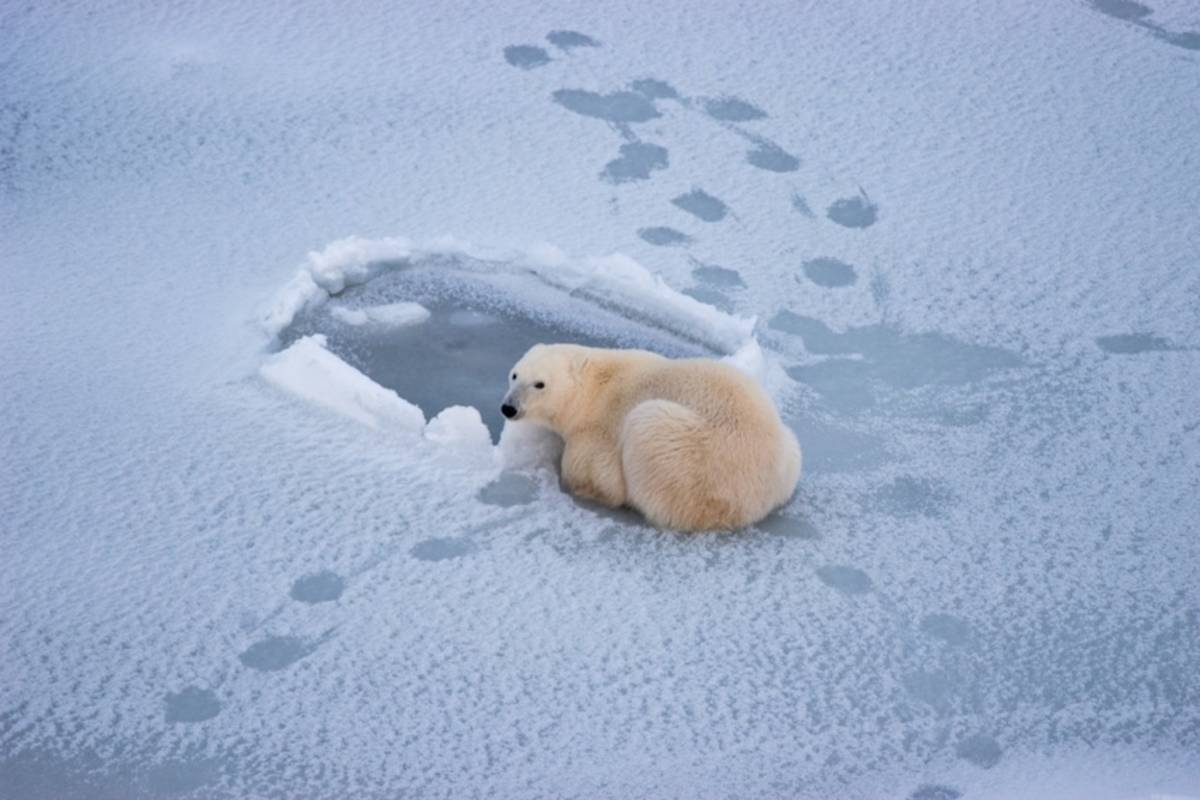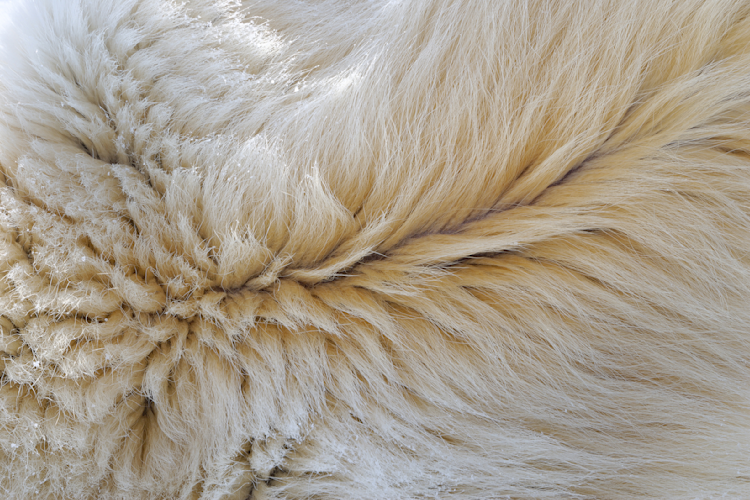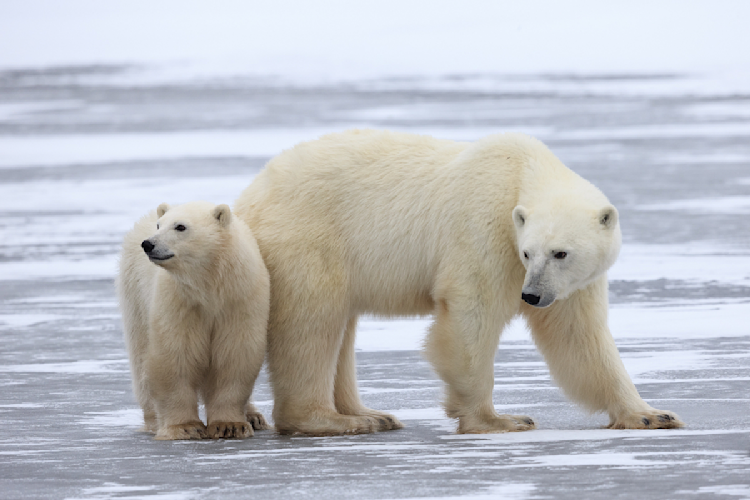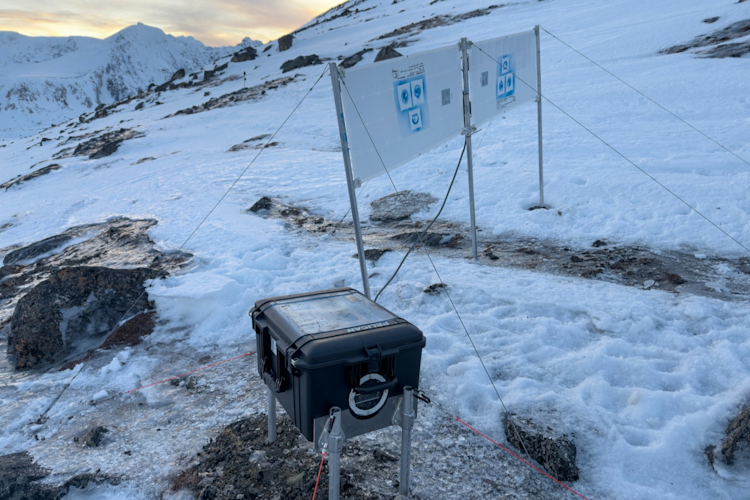Here are seven facts that explore the surprising link between the frozen ocean and polar bears—and why healthy Arctic oceans are important to people too.
1. Just like walruses, seals, and whales, polar bears are marine mammals.
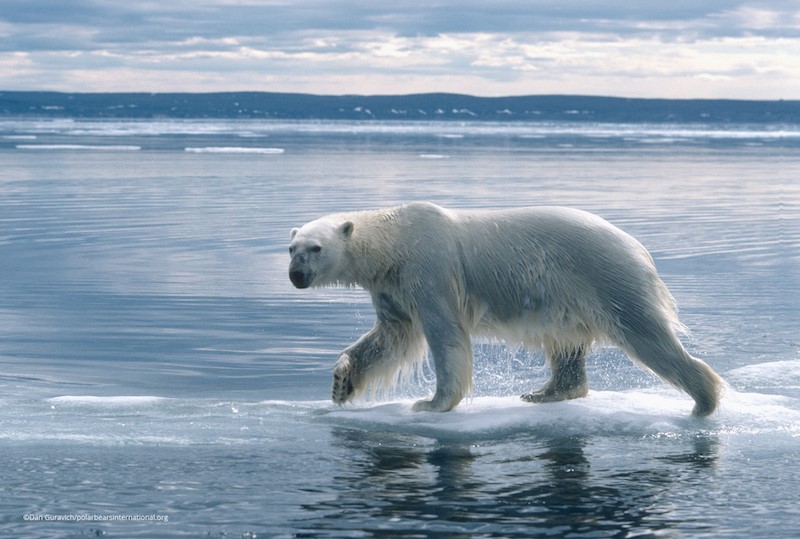
A bear that completely relies on the ocean to survive? It’s true! Polar bears are the only species of bear that fully depends on a marine ecosystem. To live and thrive in their freezing cold Arctic habitat, polar bears must consume vast amounts of seal blubber, one of the most calorically-dense foods on the planet. And where is this food found? The ocean! The polar bear’s close ties to the Arctic marine environment are even revealed in its scientific name—Ursus maritimus, which means “sea bear.”
2. Polar bears rely on sea ice (a.k.a. frozen ocean water) to travel, mate, and find food.
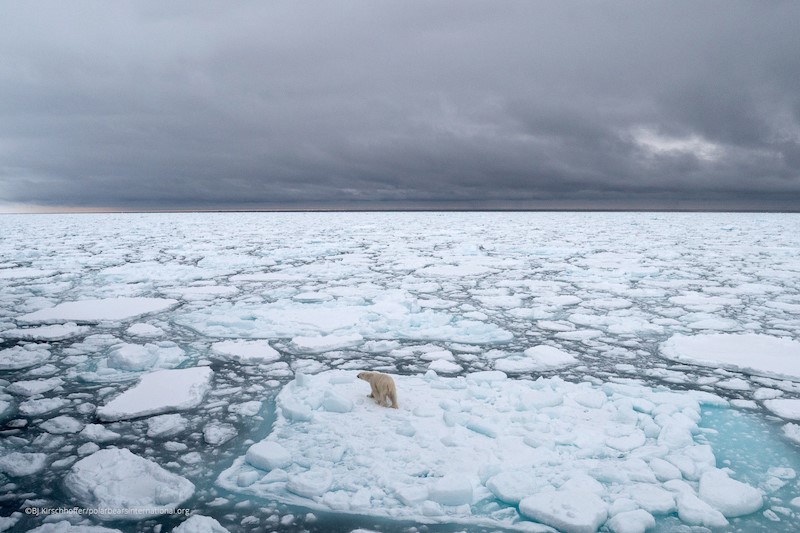
When Arctic waters are cold enough, the top layer freezes into a special type of ice called “sea ice.” Sea ice serves as a platform on which polar bears travel, mate, occasionally den, and, most important, hunt their main prey, seals. Polar bears are good swimmers but cannot outswim seals in the water. Instead, they use the sea ice to help them sneak up on and catch the seals as they rest or come up for air.
3. Sea ice is to the ocean what soil is to a forest: it supports the entire Arctic food chain.
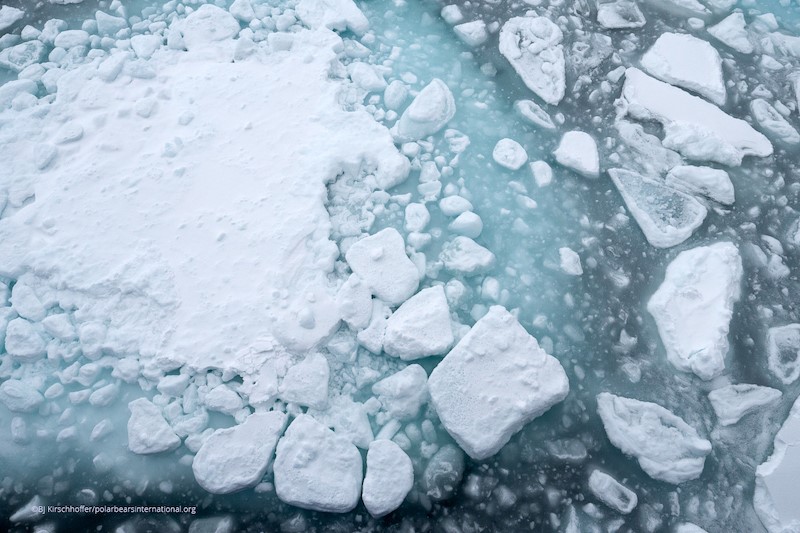
Sea ice is not like your average frozen pond: it is dynamic, complex, and supports all sorts of life. When ocean water gets cold enough to freeze, it expels salt, which causes channels to be formed inside the ice. Within these channels, algae grows when sunlight filters through, kind of like an underwater, upside-down garden. Microorganisms eat the algae, fish eat microorganisms, seals and whales eat fish, and polar bears feast on seal and whale blubber. Without this sea ice, there would be no Arctic marine ecosystem and no polar bears.
4. Most of the carbon in a polar bear’s body originates from ocean algae.

Polar bears don’t regularly snack on algae, but the majority of their diet (greater than 70 percent in the studied populations) consists of creatures that rely on sea ice algae as food in some way. Because polar bears eat mainly seals, which eat fish, which eat microorganisms called zooplankton, which eat the algae that lives on sea ice, we can find algae’s fatty acid signature all the way up the food chain to the very top. Algae are tiny, but their impact on the Arctic (and polar bears) is massive! (See 2018 research.)
5. The ocean is like the Arctic’s garden.
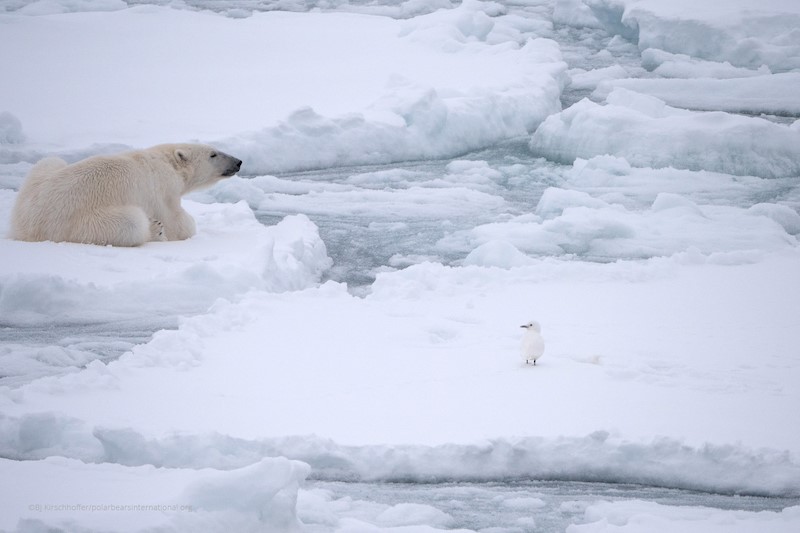
The Arctic is cold and dark much of the year which means the growing season is short and plant life on land is limited. Many northern communities are far apart and do not have roads out, so most food must be flown in at an exorbitant cost. The ocean provides an abundance of different healthy foods that can be harvested by both northern peoples and polar bears. Plus, in the winter, the frozen sea provides an ice "highway” that leads to the next meal.
6. When frozen, the ocean is like Earth’s air conditioner.
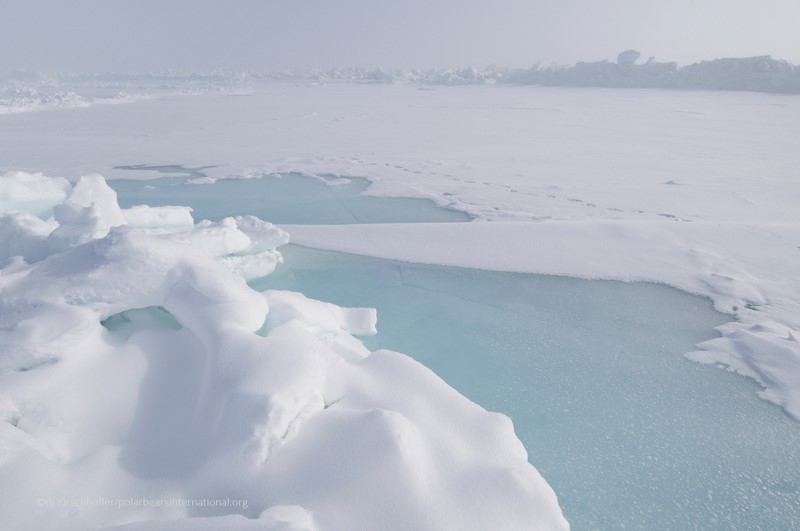
Arctic sea ice is vast and white, allowing it to reflect away many of the sun’s rays and prevent much of the sun’s warmth from being absorbed into northern waters. These actions help cool down the entire planet, regulating temperatures for all creatures in all climates, no matter how close they live to the Arctic. Therefore, when frozen, the ocean can be compared to a giant air conditioner, cooling the polar bear’s habitat and regulating yours.
7. Oceans are like the climate’s heart, keeping our ecosystems stable and healthy.

Oceans absorb warmth from the sun and circulate heat and moisture throughout the climate system, similar to how our heart circulates blood and regulates our body’s temperature. When we burn fossil fuels we put stress on the ocean, causing it to sometimes pump too much heat/moisture and sometimes too little. Like our own heart, we should avoid harm which we can do by reducing our reliance on fossil fuels for energy. A healthy ocean means healthier ecosystems and more stable global climates, helping protect the homes of people, polar bears, and everything in between.
